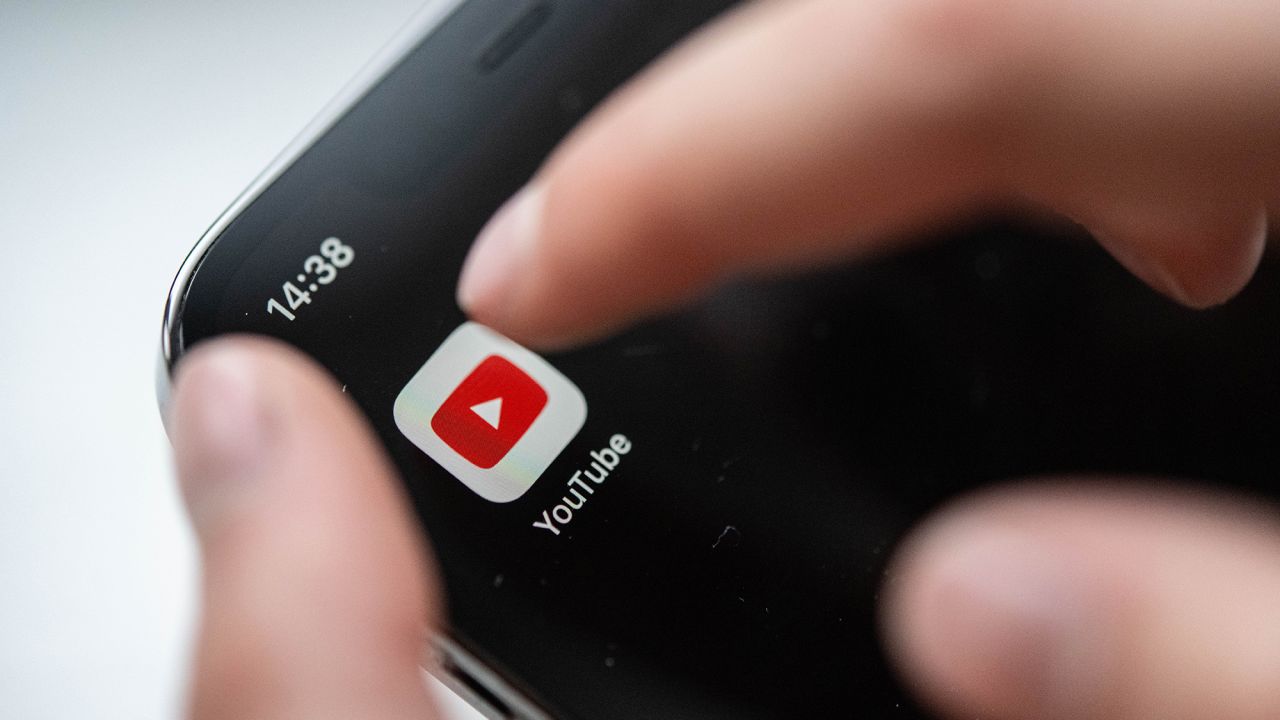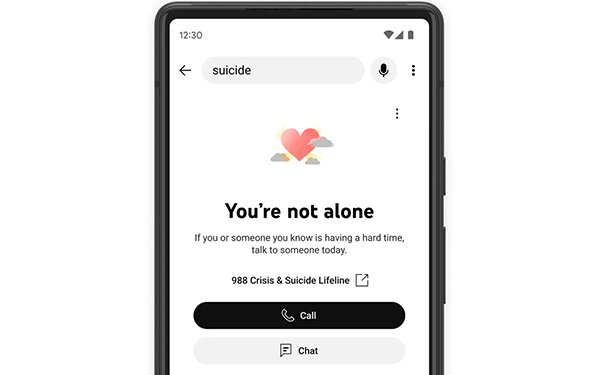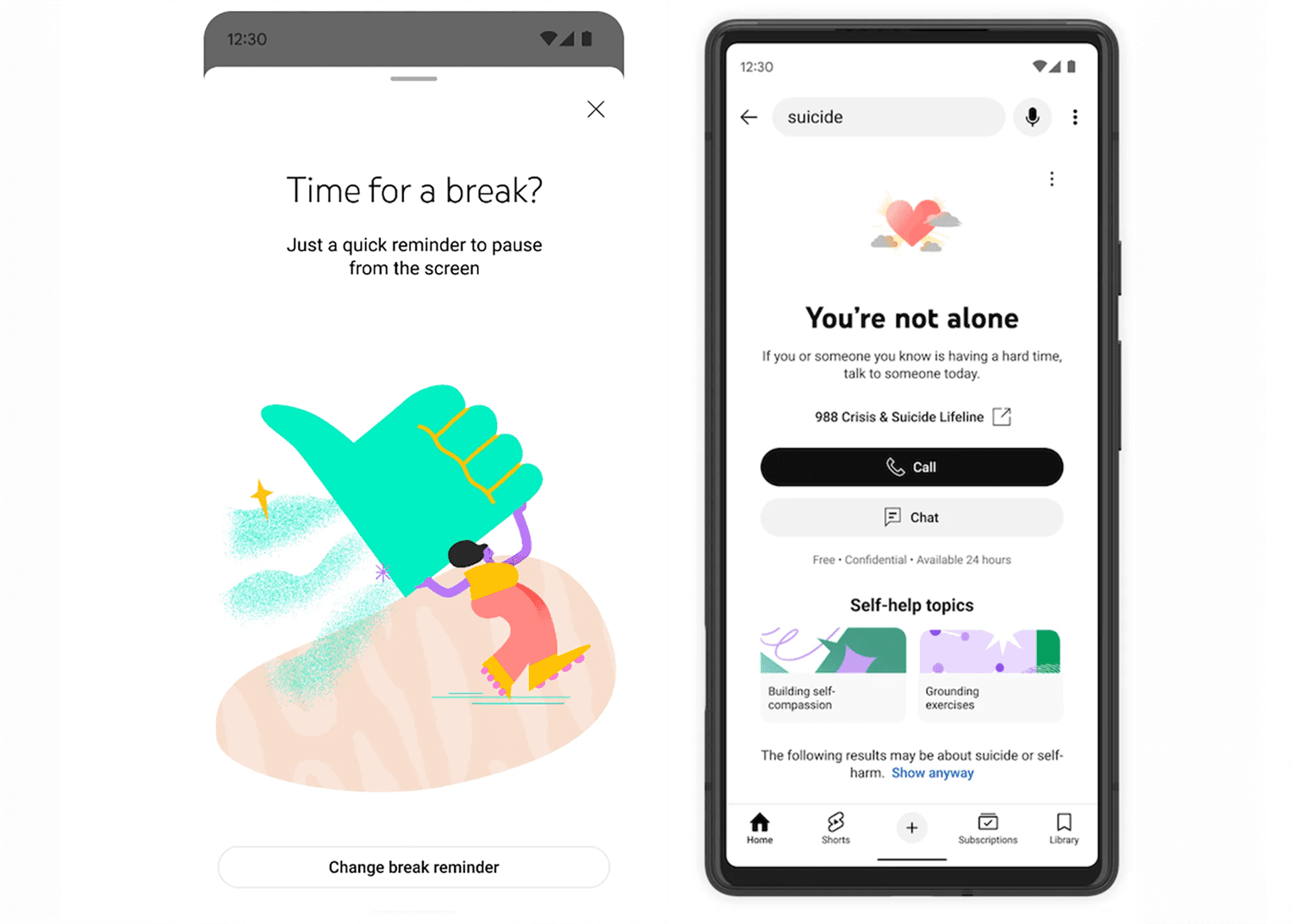In response to concerns raised during a 2019 U.S. Senate hearing regarding YouTube child safety on its platform
YouTube has unveiled additional measures to protect teenagers from potentially harmful content recommendations. These new safeguards primarily target videos that may exacerbate body image issues or promote social aggression, like non-contact fights or intimidation.
To address these issues, YouTube will reduce the repeated recommendations of videos associated with topics that can trigger body image concerns. Such content often compares physical attributes or idealizes certain body types, weights, or fitness levels. Similarly, the platform will restrict the repetitive viewing of videos featuring “social aggression,” which can negatively influence young viewers.
It’s important to note that while individual videos within these categories may seem harmless, their repeated exposure can lead to negative outcomes. YouTube’s recommendation algorithms are driven by user engagement, which necessitates these protective measures.
Initially, these restrictions will be introduced in the United States, with plans to expand to other countries in the coming year. This proactive move suggests YouTube’s commitment to addressing child safety concerns and staying ahead of potential child safety regulations, such as the Kids Online Safety Act (KOSA), which gained momentum after the Senate hearings and recently secured Senator Elizabeth Warren’s co-sponsorship.
In addition to YouTube limiting harmful content recommendations,
YouTube will enhance its existing “take a break” and “bedtime” reminders. These reminders, introduced in 2018, will now be more visually prominent and appear more frequently to viewers under 18. They will be activated by default in account settings, with a default “take a break” reminder set for every 60 minutes. These changes align with similar features already present on TikTok, which alert users when they’ve been scrolling for extended periods.
Furthermore, YouTube will expand its crisis resource panels to offer comprehensive support when users explore topics related to suicide, self-harm, and eating disorders. These panels will provide access to third-party crisis hotlines and suggest resources like “self-compassion” and “grounding exercises.”
To develop these new safety standards, YouTube has collaborated with the World Health Organization (WHO) and Common Sense Networks, an affiliate of Common Sense Media. Common Sense Networks will assist in creating educational resources for parents and teenagers, emphasizing safe online habits, content creation with empathy and awareness, and best practices for managing online interactions.
In parallel, the WHO and the British Medical Journal will host a roundtable of experts to devise strategies for supporting teen mental health through online resources. The findings from this roundtable are anticipated to be published in early 2024, reinforcing YouTube’s commitment to the well-being of its young users.
Read more (Inovation)










